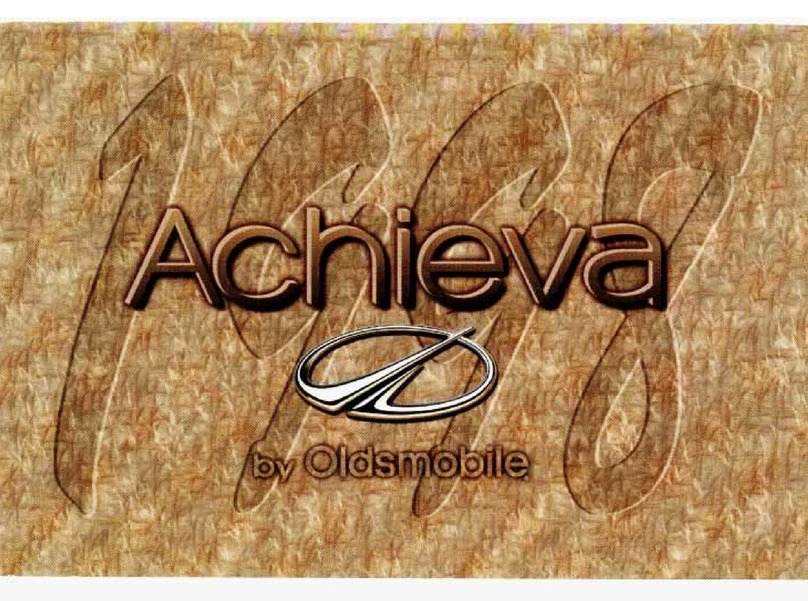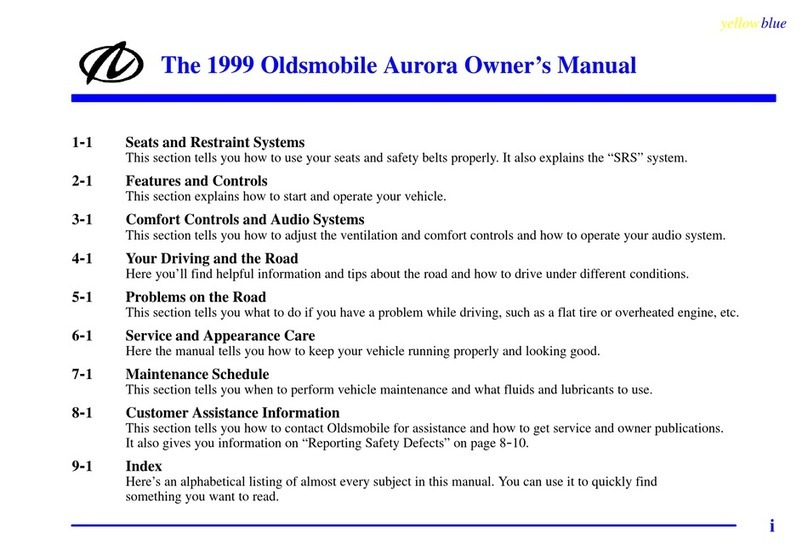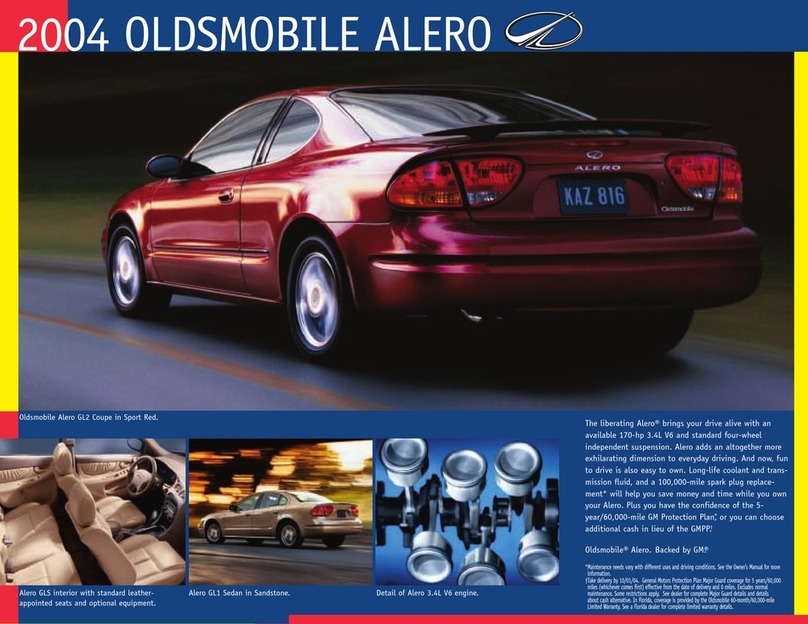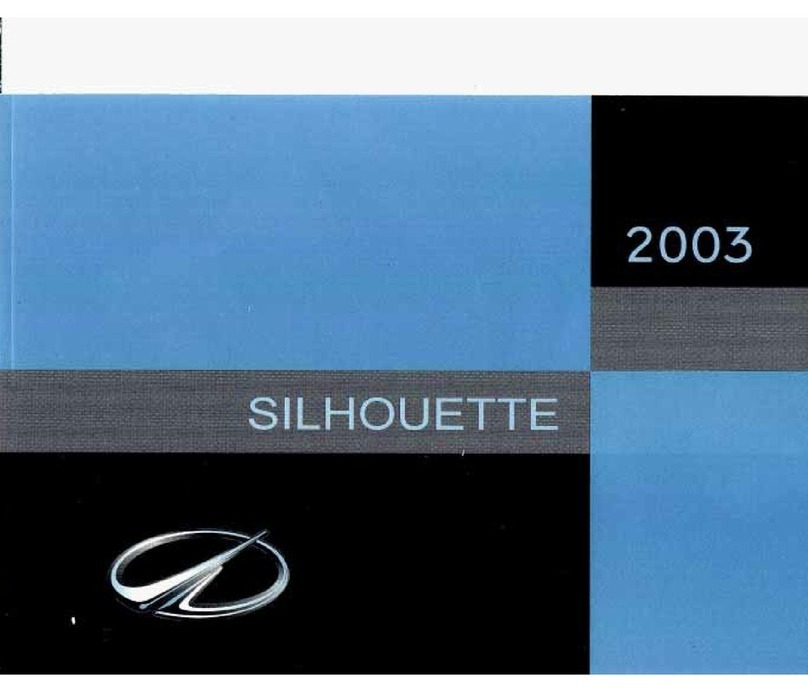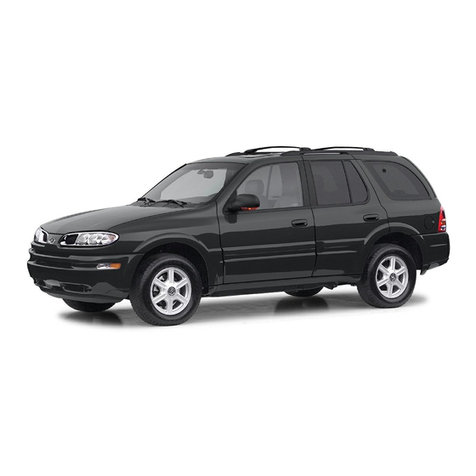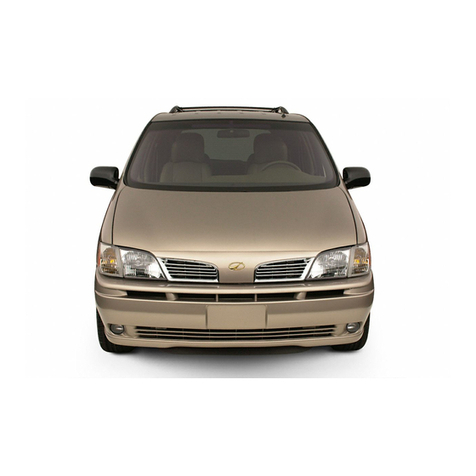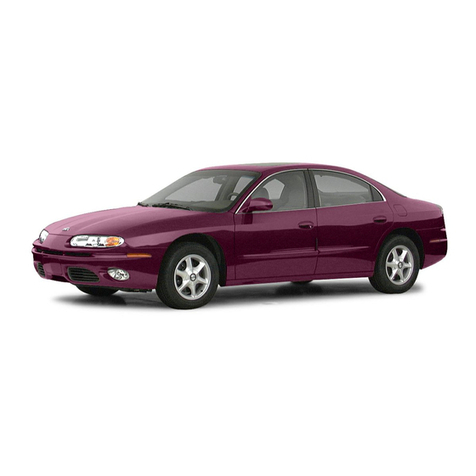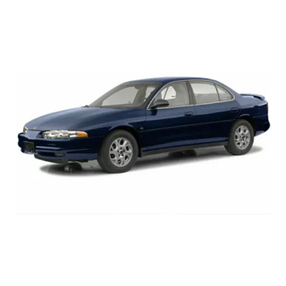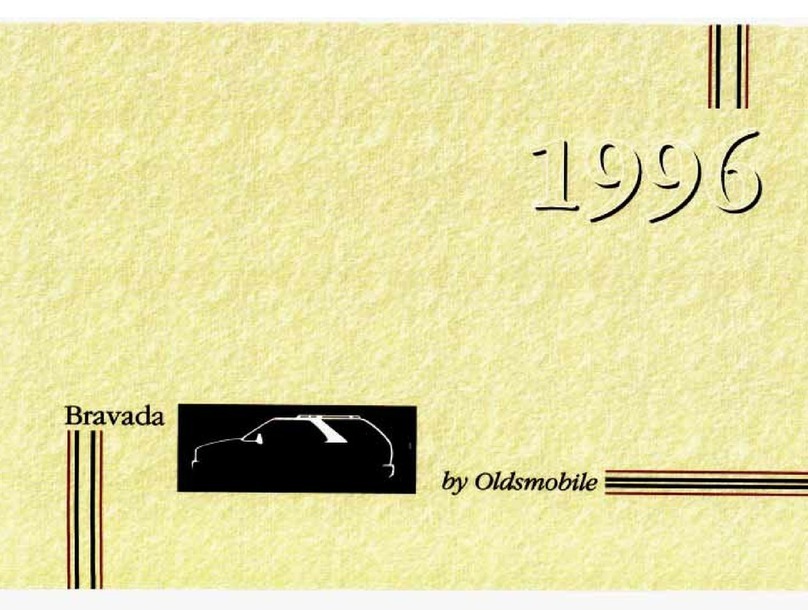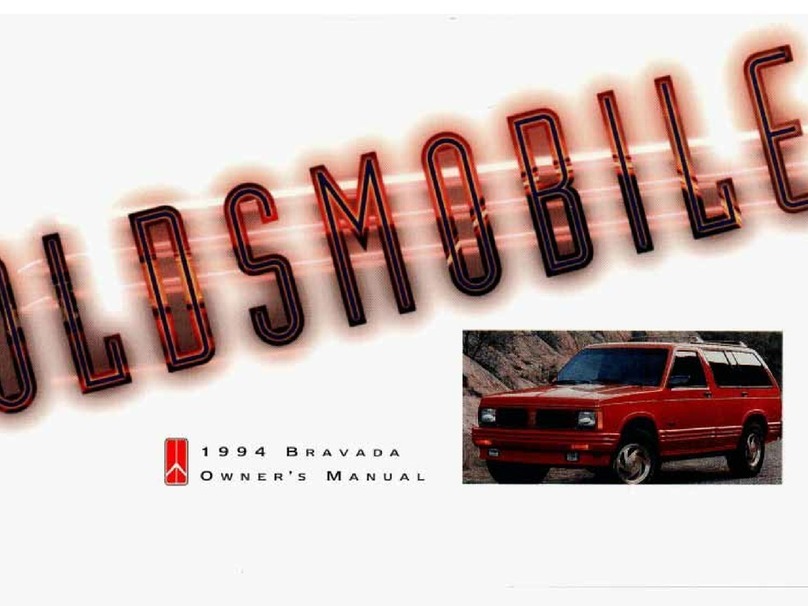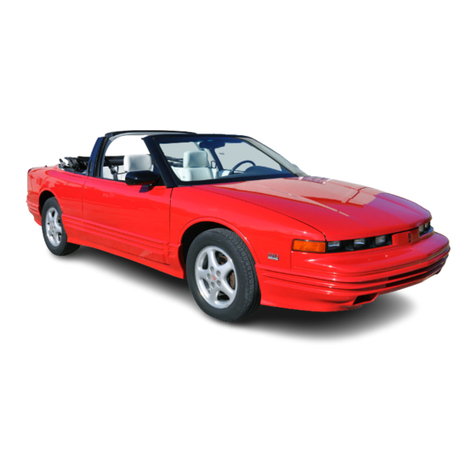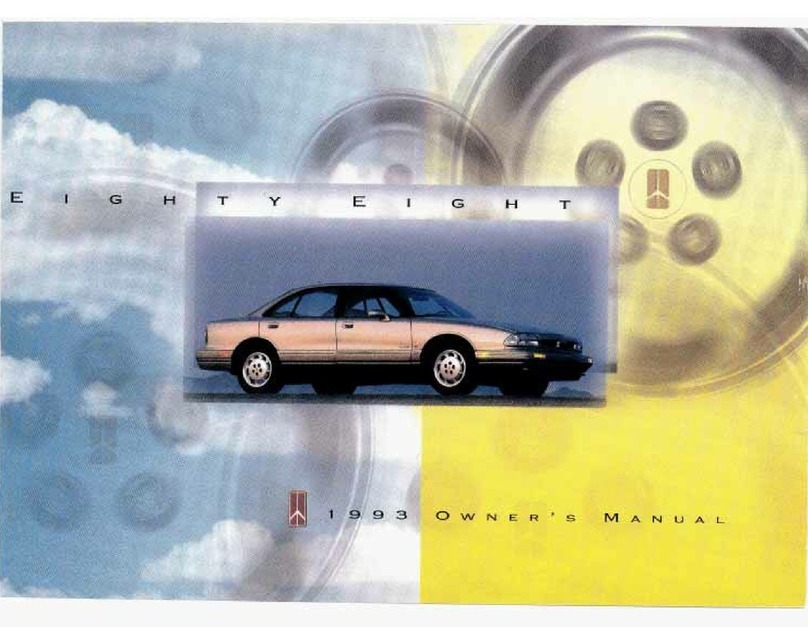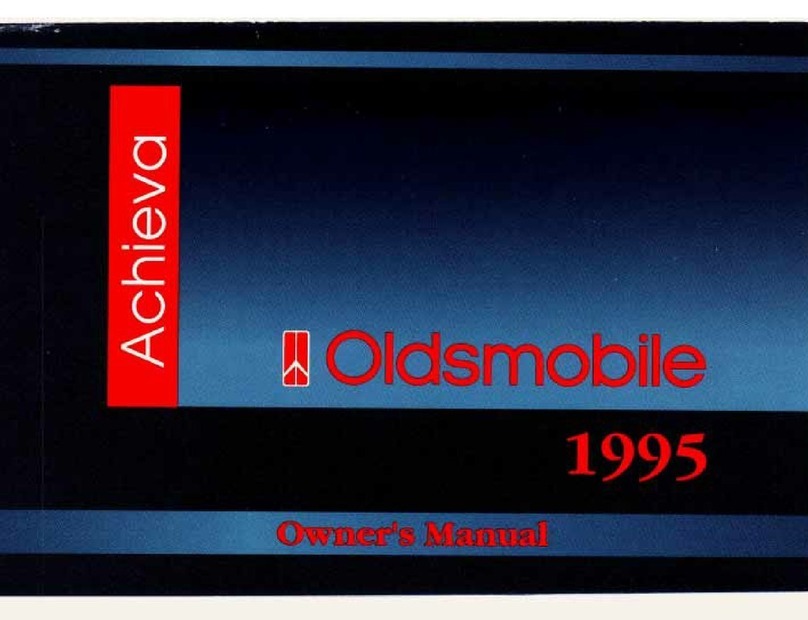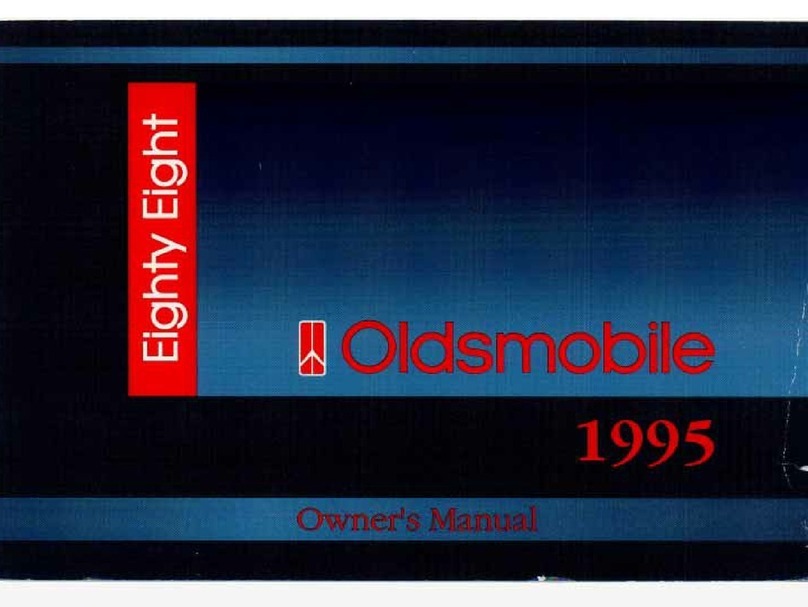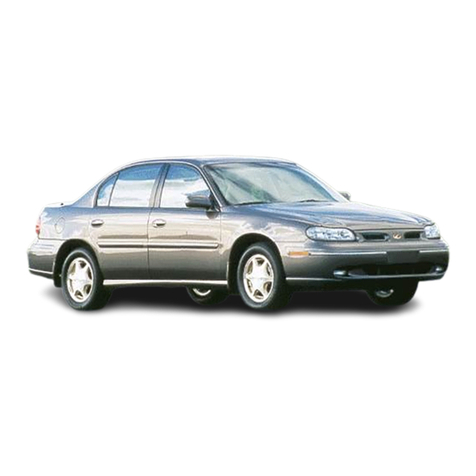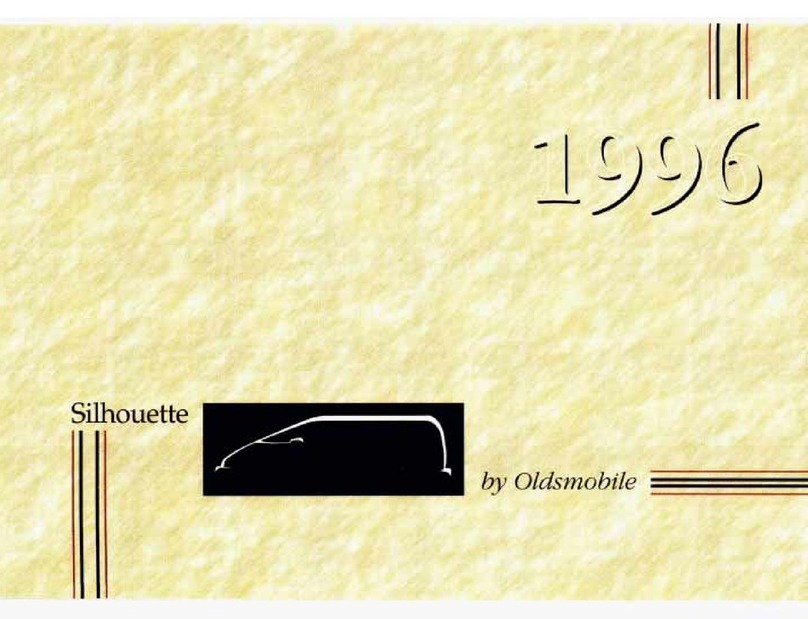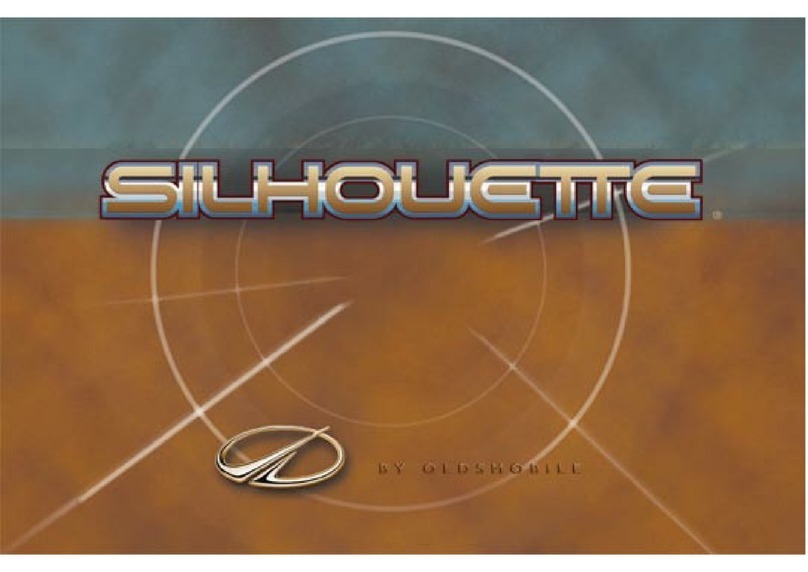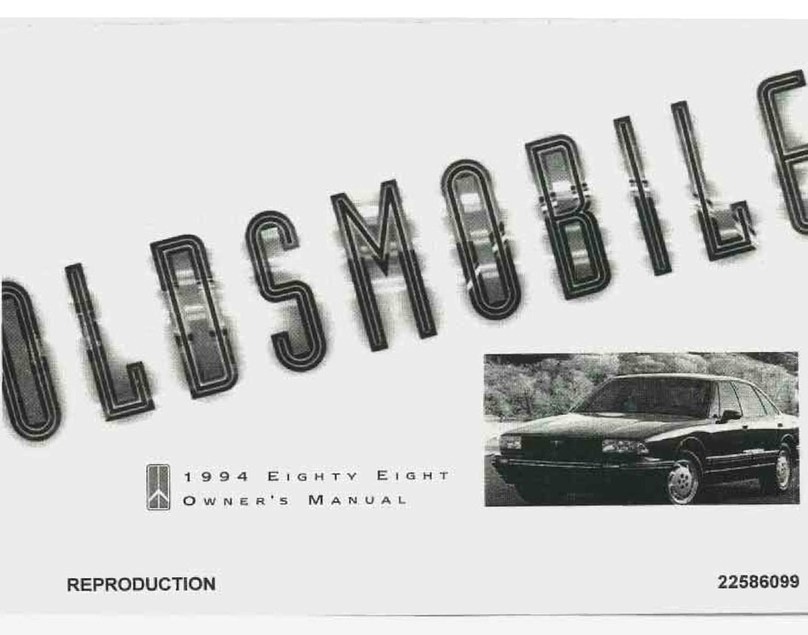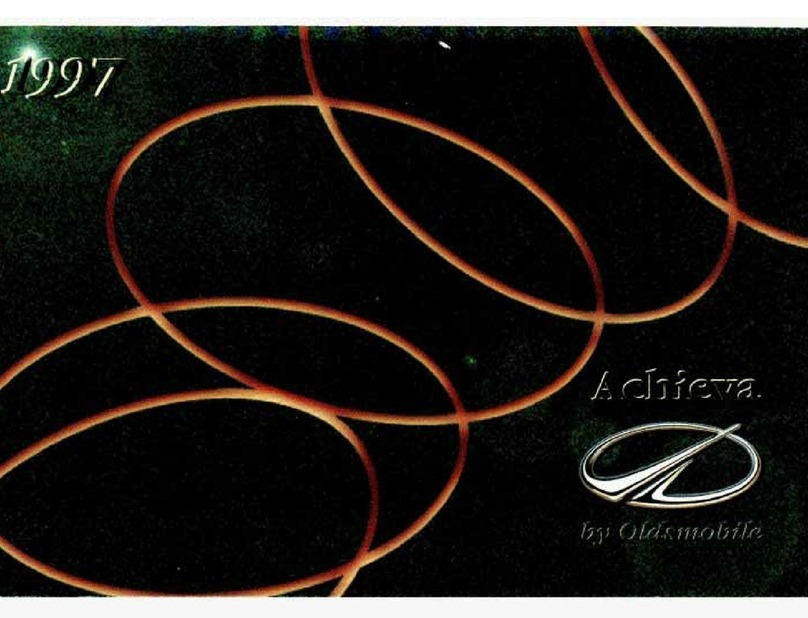
Manual Transmission Start
Procedure-
Hold clutch pedal to the lIoor throughout
the starting procedure. A starter safety
switch incorporated
in
manual transmis-
sion cars
is
designed to prevent starter
operation when the clutch
is
not fully de-
pressed. Select the proper gear range
before releasing the clutch pedal.
Cold Engine -Fully depress accelerator
pedal and slowly release. With foot off
the accelerator pedal crank the engine by
turning the key to the Start position and
release when engine starts.
If
the engine
starts, but fails to run, repeat above pro-
cedure. When the engine
is
running
smoothly, the idle speed may be reduced
by slightly depressing
the
accelerator pedal
and then slowly releasing.
Warm
Engine-Depress
accelerator pedal
about halfway
and
hold while crank
in
g
the engine.
Extremely Cold Weather (Below 0' F)
Or
After
Car
Has Been Standing Idle Several
Days-Fully
depress and release acceler-
ator pedal two or three tim
es
before
cranking the engine. With foot off the
accelerator pedal crank the engine
by
turn-
ing the key to the "Start" position
and
re-
lease when engine starts.
If
Engine Fails
to
Start using
the
appro-
priate procedure above, first, fully depress
and release the accelerator pedal several
times. Then remove foot from the accel-
eratOr
and crank the engine.
If
the
engine still does not start, fully de-
press the accelerator pedal
and
hold to
the lloor while cranking the engine.
If
th
e engine has been lIooded with gaso-
line it may start to run
but
not have
enough power to keep running. In that
case, continue cranking with the acceler-
ator fully depressed until the engine clears
itself
of
excess gasoline and runs smoothly.
Exhaust
Gas
Warning
(Carbon
Monoxide)
Avoid inhaling exhaust gases because they
contain carbon monoxide, which
is
a po-
tenially lethal gas that
by
itself is colorless
and odorless.
SITIING
IN A PARKED CAR
WITH
ENGINE RUNNING FOR
AN
EXTEND-
ED
PERIOD
IS
NOT RECOMMENDED.
Do
not
run
engine in confined areas such
as
garages any more than needed to move
vehicle in
or
out of area. When vehicle is
stopped in
an
unconfined area with the
6
engine running for any more than a short
period,
the
following precaution should be
observed:
• Adjust heatiog or cooling system to
force outside air into car with blower
set at medium or high speed and con-
trols set in any
pOSition
except "OFF"
or "MAX."
The trunk lid should be closed while driv-
ing to prevent drawing exhaust gases into
the car. However, if for some reason the
trunk must remain open while moving, the
following precautions should
be
observed:
• Close all windows.
• Adjust heating or cooling system to
force outside
air
into car with blower
set
at
high speed,
and
controls set in
any position except "OFF" or
"MAX."
•
On
cars equipped with outside
air
vents in
or
under instrument panel,
open vents fully.
The best protection against carbon mon-
oxide entry into the car body is a properly
maintained engine exhaust system. When-
ever a change is noticed in the sound
of
the exhaust system, when exhaust fumes
can be detected inside the vehicle,
or
when
th
e underside
of
the vehicle is dam-
aged, have a competent mechanic inspect
